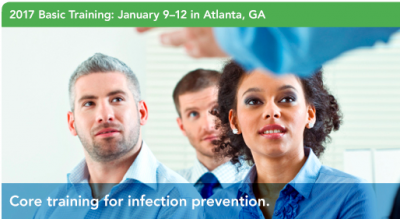SHELTON, Conn.– Centrix, Inc., a leading innovator of dental materials, preventive products and applicators and delivery systems, today introduces NoCord™ VPS, the first one-step, self-retracting impressioning system that retracts gingiva, controls bleeding and delivers an accurate, final impression all in one system.
According to Frank J. Milnar DDS, AAACD, “NoCord VPS is a trifecta for impression materials; sulcus expansion, hemostasis and accuracy. NoCord is the next generation of impression materials. There are less steps and cost because the impression material does more.”
NoCord VPS is a major advance in vinyl polysiloxane impression materials:
· NoCord™ Wash is the first wash material that incorporates a hemostatic agent to control bleeding and fluid flows.
· The unique NoCord™ MegaBody™ Tray Material is designed to work with NoCord Wash, driving the wash to gently retract gingiva from the tooth.
Together the NoCord Wash and NoCord MegaBody Tray materials work as a complete system to provide the optimal impression result without separate retraction and hemostasis procedures. And, because they are VPS materials, they deliver the accuracy and dimensional stability dentists expect from vinyl polysiloxane impression materials. A leading independent testing and evaluation group demonstrated that NoCord VPS exceeded the ISO standards for impression materials and performed equivalent to other major VPS materials.
“For patients, retraction of the gingiva is uncomfortable and often painful. Placement of cord is time-consuming and can even exacerbate tissue and bleeding problems. That’s why we developed NoCord VPS – it eliminates the part of impression making that dentists and patients don’t like – retraction and hemostasis steps,” said Dr. William Dragan, founder of Centrix. “With NoCord VPS, a dentist uses their normal technique, except they now can skip separate retraction and hemostasis steps.”
NoCord VPS is very competitively priced and is available in introductory and refill packages. It has been in clinical trials for over two years and with very strong results.
"Through 30 years of clinical practice, having tried and used every impression material and gingival retraction method that has been available, I have found the NoCord VPS impression material to be the easiest method of saving time when taking impressions,” said Gregori M. Kurtzman, DDS, MAGD, FPFA, FACD, FADI, DICOI, DADIA.
To learn more about NoCord VPS, please visit CentrixNoCordVPS.com











